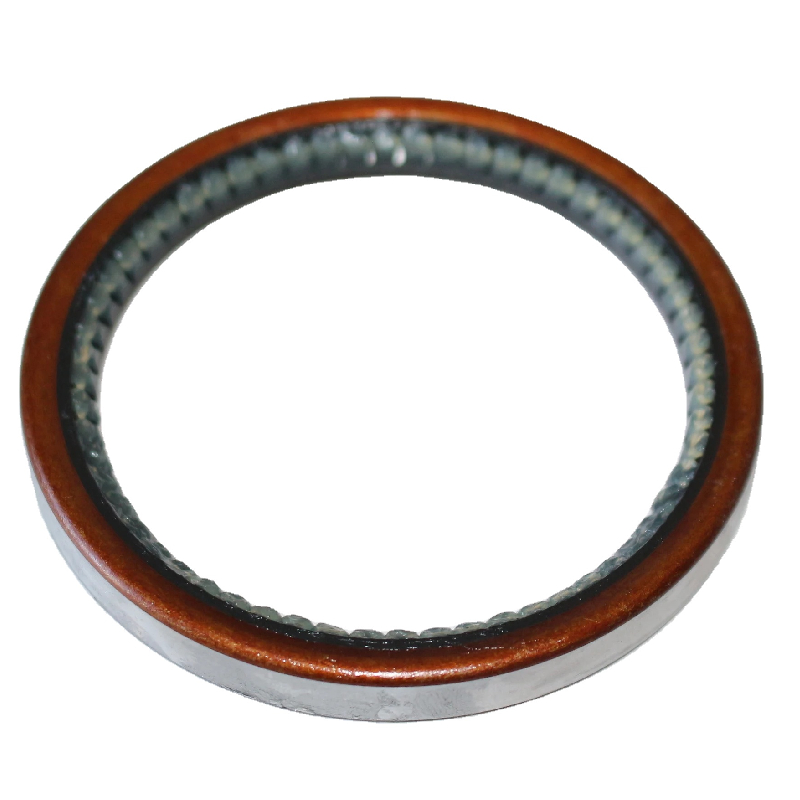Seal Ring - Unique Designs for Every Occasion
The Importance of Seal Rings in Engineering and Design
In the realm of engineering and design, the term seal ring often comes up as a crucial component in a variety of applications. A seal ring, typically made from materials like rubber, metal, or plastics, plays an essential role in preventing leaks and ensuring the integrity of structures. This article will explore the various types of seal rings, their applications, and why they are indispensable in modern engineering.
Seal rings are primarily used to create a barrier that prevents the escape of fluids (liquids or gases) from a system. This is particularly vital in industries such as automotive, aerospace, and manufacturing, where even the smallest leak can lead to catastrophic failures or significant operational inefficiencies. For instance, in an automotive engine, seal rings are used around oil pumps and cylinder heads to ensure that lubrication systems function effectively, thereby enhancing performance and longevity.
There are several different types of seal rings, each designed for specific applications and environmental conditions
. The most common types include O-rings, lip seals, and backup rings. O-rings are circular in shape and are commonly used in dynamic applications such as hydraulic cylinders. Lip seals, on the other hand, are designed to provide an effective seal against rotating shafts, making them ideal for applications in pumps and motors. Backup rings are used in conjunction with O-rings to prevent extrusion in high-pressure environments, ensuring that the seal remains intact even under extreme conditions.seal ring

The material chosen for a seal ring is paramount to its effectiveness. Compatibility with the media being sealed (be it oil, water, or gas) is crucial, as is the temperature and pressure it will be exposed to. For example, fluorocarbon elastomers are often selected for their chemical resistance and ability to withstand high temperatures, making them suitable for the aerospace industry where safety and reliability are non-negotiable.
Additionally, seal rings are not just functional components; they also contribute to the overall efficiency and sustainability of engineering designs. By preventing leaks, they help conserve resources and reduce waste, which is becoming increasingly important in today’s environmentally conscious world. A well-designed sealing system can lead to lower maintenance costs and improved operational longevity, benefiting both manufacturers and end-users alike.
Innovation in seal ring technology continues to evolve. With advancements in materials science and precision engineering, the development of high-performance seal rings is paving the way for more efficient and reliable systems. Engineers are constantly researching new materials and design techniques to enhance the durability and functionality of seal rings, ensuring that they meet the ever-growing demands of modern applications.
In conclusion, seal rings may be small components, but their impact in various industries is monumental. They ensure safety, efficiency, and sustainability, making them an indispensable part of modern engineering design. As technology advances, the role of seal rings will likely expand, with new innovations leading to even greater enhancements in performance and reliability. Their significance in preventing leaks and maintaining system integrity cannot be overstated, reinforcing the importance of proper selection and application in engineering practices.
-
The Ultimate Guide to Car Repair Kits: Tools and Essentials Every Driver Should Own
News Aug.01,2025
-
The Complete Guide to Oil Pan Gaskets: Sealing Engine Leaks the Right Way
News Aug.01,2025
-
Preventing Oil Leaks: A Complete Guide to Oil Pan Gaskets and Drain Seals
News Aug.01,2025
-
Everything You Need to Know About Oil Pan Gaskets and Drain Plug Seals
News Aug.01,2025
-
Essential for Car Owners: How to Use a Car Repair Kit to Deal with Minor Breakdown
News Aug.01,2025
-
Comprehensive Guide to Engine Oil Sump Gaskets and Related Seals
News Aug.01,2025
-
The Ultimate Guide to Boat Propeller Bearings and Trailer Wheel Bearings
News Jul.31,2025
Products categories















